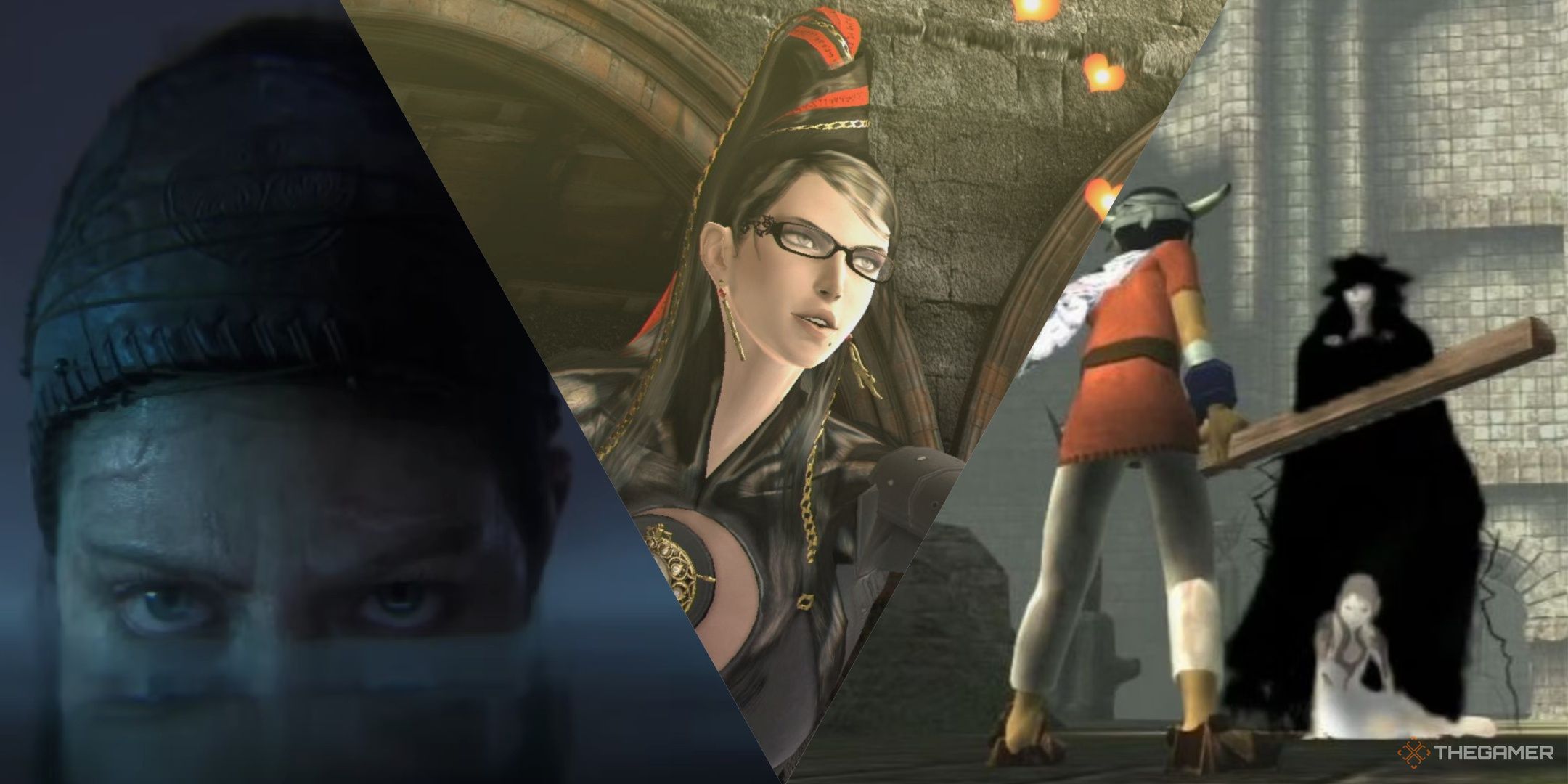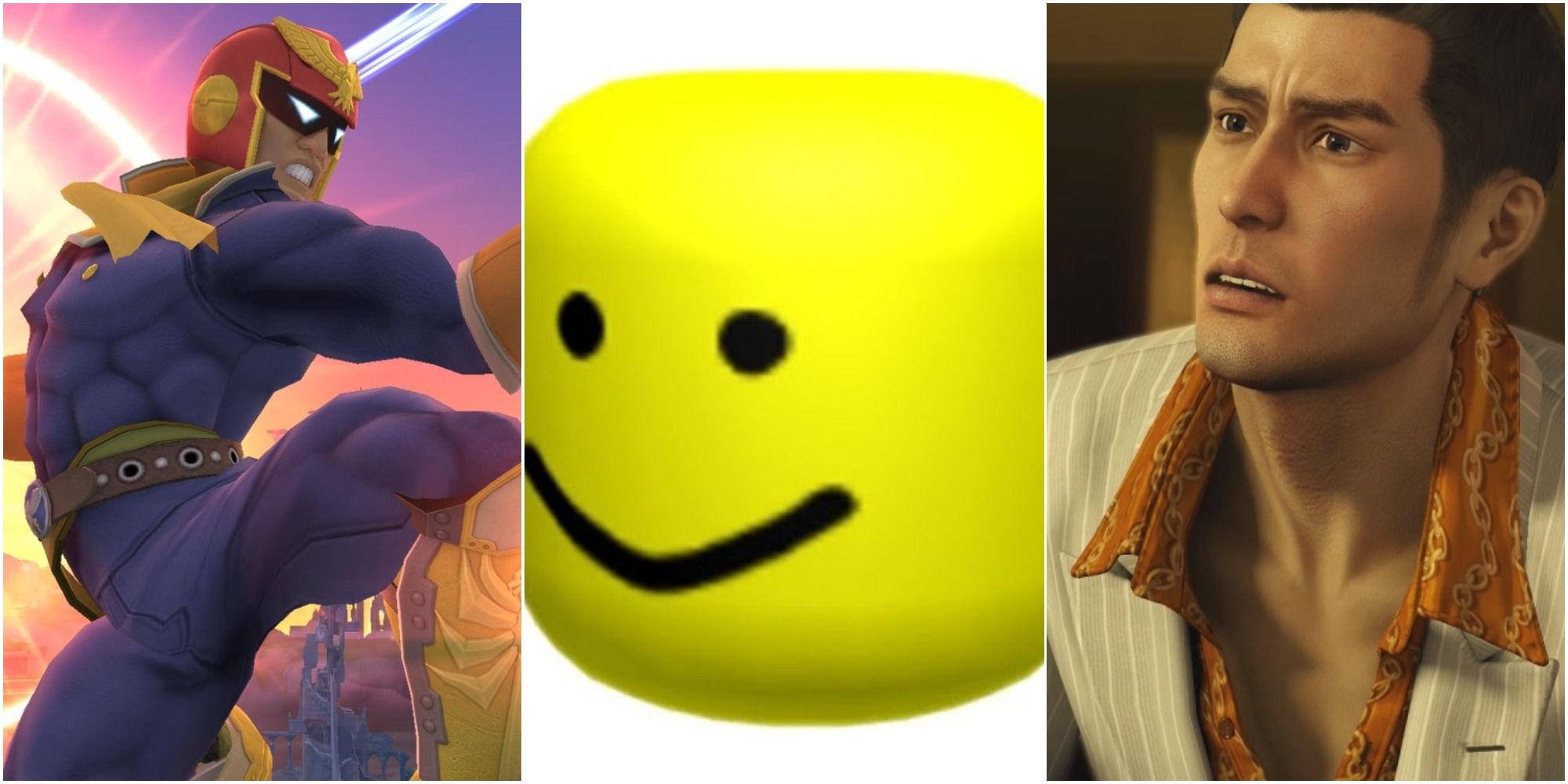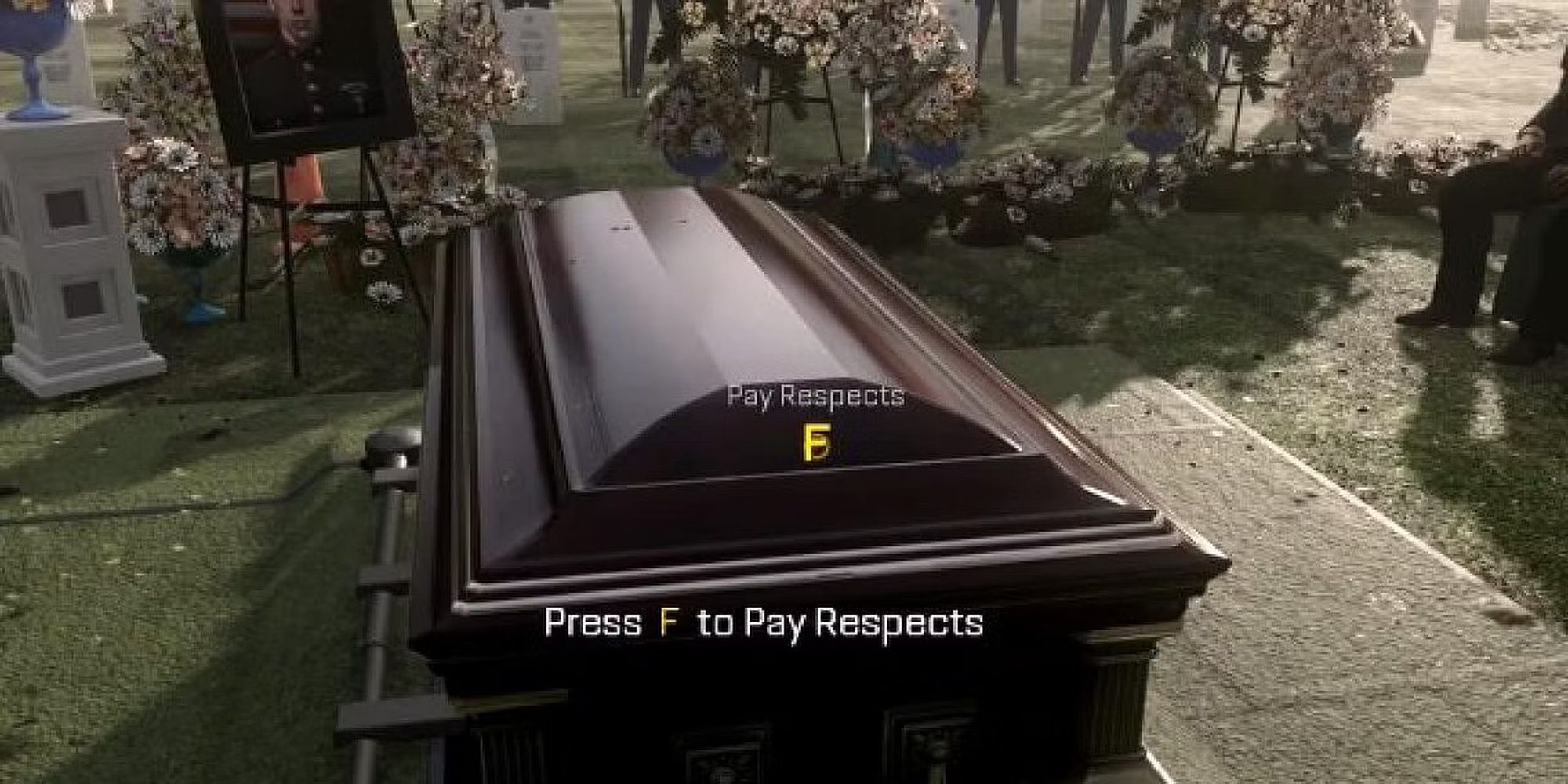Summary
- Sprinting evolved from holding buttons to a single press, enhancing gameplay fluidity.
- Interaction shifted from single to hold button inputs for flexibility.
- Video games ditched ‘Press Start’ for ‘Press Any Button’ to commence the gameplay.
Video gaming is a relatively young medium. Yet already in its half-century of existence, it has undergone rapid evolution. Many video game genres are completely unrecognizable now from what they were two or three decades ago. Some changes were massive, such as the jump to 3D, heralding the start of a new era. Other changes, however, went quiet and unnoticed.

Related
10 Game Genres That Have Changed The Most Over The Years
Here are the best video game genres that have changed throughout history!
Slowly but surely, video games have changed in subtle ways that we’ve adjusted to naturally. These changes rarely get brought up, and are taken for granted in modern times. But it’s worth looking back now that sometimes, gaming didn’t evolve with a quantum leap. Sometimes it was as simple as switching a single keybind.
8
Toggle Sprinting
It’s not so long ago that you had to hold a button down to sprint in video games: it was the case as recently as 2012’s Resident Evil 6. Compare that to Metal Gear Solid 5: Ground Zeroes the very next year – now a single press would put you in sprint mode.
It’s interesting to see how this evolved on controllers as well: there used to be a dedicated button for sprinting, but now pressing the left stick down will work just fine and allows you to switch seamlessly between a slow jog and a full-speed sprint. If you’re old-school, this probably fazed you the first time you came across it.
7
Holding Buttons To Take Action
While in almost every retro game you play, interaction is achieved with a single button press, you’ll notice that from the 2000s onwards, many games started asking you to hold a button down to confirm your interaction. This prevents you from being locked into an animation if you change your mind.

Related
10 Games With The Most Detailed Animations
You won’t be able to take your eyes off the stunning animations found in each of these games.
This feature originated from the fewer buttons on controllers, forcing single presses and hold inputs to be mapped to different functions, as in Halo. But it’s become so ubiquitous that it’s now present with keyboard controls too. Stalker 2: Heart Of Chornobyl, for example, makes you hold a button down to use a different item than the one mapped to a quick press.
6
Press Any Button
It used to be that video games would ask you to press Start. In the NES days, this was a requirement: the game would not begin unless you pressed Start. In the PlayStation era, this requirement began to ease up, and pressing the X button was acceptable too.
Now, however, games ask you to simply press any button to begin. It’s also worth noting that while most old games keep the cursor on New Game, modern titles have Continue selected as the default option if it’s not your first time playing.
Pressing the PC or console’s power button will not start the game.
5
Difficulty Names
This is a strange case where gaming might have taken a step back. In the halcyon days of the boomer shooter, it was common for difficulty settings to have unique names such as ‘Let’s Rock’ or ‘Hurt Me Plenty’ rather than spelling out whether they were easy, normal or hard.
While console games usually stuck with the bland names through the 2000s, replacing ‘easy’ with words like ‘rookie’ or ‘novice’ at best, modern games often go with little sentences or alternate names for their difficulty settings, alongside some flavour text explaining what the difficulty setting entails.
4
Minimalist HUDs
Just take a look at some shooters from the 90s: the HUD takes up a full quarter of the screen. This was in part due to the low resolutions on offer back then. As any retro enthusiast can attest, playing a boomer shooter on modern hardware can be slightly disorientating because the HUD is scaled down so much in a bigger resolution.
However, video games have been trying to do away with the big health bar and ammo counter for a long time, and they finally succeeded with 2008’s Dead Space. Now, many games feature little to no HUD elements, allowing for a more immersive experience. Often, the HUD only pops into view when it’s relevant and fades out the rest of the time.
3
Photo Mode
As video games became more visually appealing, developers cottoned on to the fact that we like taking screenshots of games simply because they look nice. Add in a little player freedom with posing the characters, and the game suddenly has another extremely enjoyable feature.

Related
10 Games Where You’ll Get Distracted By Photo Mode
Say cheese, and add an hour to your mission time.
Photo mode was something no one really saw coming (or we’d have said cheese), but in modern big-budget titles it’s all but mandatory. A few features, such as posing characters and making the HUD disappear, are taken for granted. Even remasters of old games, like the first three Tomb Raider titles, now include photo modes.
2
The Vanishing Invisible Wall
When 3D gaming was in its infancy and adolescence, invisible walls were common. These unseen barriers would keep you within the game’s boundaries and prevent you from sequence breaking or experiencing amusing glitches. The Family Guy video game even had a rather amusing joke about mimes bringing their invisible walls into the game.
However, as open-world games have increased in scope and detail, the invisible wall has all but vanished. Games like Genshin Impact allow you to traverse the land any way you want with no barriers – if you do reach the edges of the map, there’s a holistic reason provided for why you can’t go there. Once an immersion-breaking feature that simply came with the territory, invisible walls have now disappeared.
1
Press F To Interact
In the earliest action-adventure games, you didn’t press a button to interact with objects: you’d simply walk into doors and switches, and it would register. Later games bound the interact button to E on a keyboard, but a growing number of titles now have F as the use key. E is often relegated to peeking around corners.
Tellingly, the Call of Duty: Advanced Warfare meme is that you press F. If the game had come out just a few years earlier, we’d have been pressing E to pay respects.

Related
13 Iconic Memes That Originated From Games
A brief history of meme-kind from the world of video games.














Leave a Reply